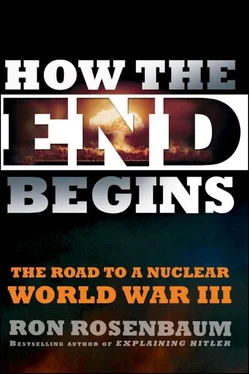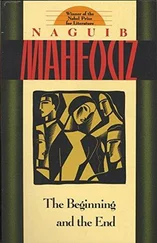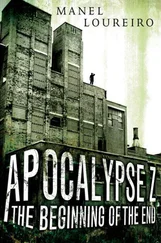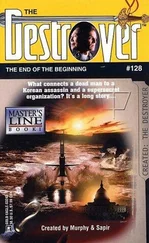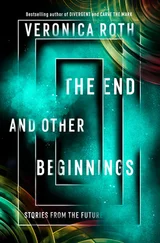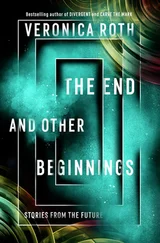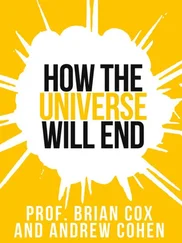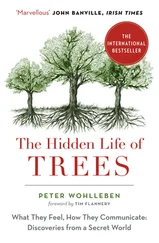Indeed a few months from the day of our meeting the Number grew larger. Scientific American published the projections of the atmospheric effects of a “small” nuclear war, an exchange between India and Pakistan, not an unlikely occurrence. The magazine said that the megatons of ash and particulate residue from explosions would dim out sunlight sufficiently to cause worldwide crop failure and, as a result, the magazine asserted, a billion more people would die of starvation alone.
It almost seems as if every time you look at the real number from another perspective it shifts upward by a billion. And it is another reminder that what we are talking about here is not nuclear terrorism, the legendary perhaps mythical “suitcase nuke,” the radiological “dirty bomb” that the men in the HAZMAT suits can clean up eventually.
But should a mere number change things?
Ellsberg believes that had the Joint Chiefs included the firestorm figure in their original estimate it would have brought the number more realistically closer to one billion. But even that billion is optimistic. It counts only deaths from our attacks on a nuclear superpower, not our deaths from retaliation by a nuclear superpower and the exponential damage of a potentially species-destroying nuclear winter.
One billion. There are arguments about this number. But even among the minimalist faction of nuclear war death estimates, I think most will agree the upper limit they imagine is an order of magnitude above the 60 million people who died in World War II. Is there an order of magnitude in measuring sanity? A point one reaches when a system that started out marginally sane, and may—we will never know—have prevented tens of millions of deaths in conventional wars, becomes irrevocably and ineradicably suicidally insane? Can you measure that point on a chart, with a number, a percentage of humans left alive?
In other words beyond a certain, say, ten-figure number—a billion—are you dealing with a different phenomenon not merely in degree but in kind from the 60 million dead in World War II? Assuming the morality of that war and bracketing the question of whether it could have been avoided by a minor bit of French assertiveness in the Rhineland in 1936, is there any upper limit to the number of lives worth losing for moral reasons?
If 60 million is tragic but sane—worth the sacrifice to win—is 600 million? A billion? Extremism in the defense of liberty is no vice, Barry Goldwater famously said. What about total extinction in the defense of liberty? A virtue? If we reject that, then what number short of total extinction will we accept?
The Pentagon had made the actual digits of mass death elusive, but would the fact that a president, a nation, had been forced to imagine the death toll from Pentagon estimates have made a difference in the future we were preparing with our Soviet partners in crime?
It didn’t make a difference back then, the Number, and the question is: in this second nuclear age, should it now?
Once Ellsberg got the Number, once that variable was assigned an actual value, so began the calculations of a number-based moral algebra. Suddenly, nuclear war’s consequences could be based on something real, even if it was an estimate. That estimate could either be embraced as necessary or rejected as intolerable.
In this second nuclear age, the question of numbers has often come down to arguments over the moral status of lower death tolls. Consider, for instance, the problem of the “medium size” nuclear attack on Israel. Peter Berkowitz, a frequent essayist on national security matters for the last two decades, most recently for the Hoover Institution, returned from a conference in Israel with a question that few people in the nuclear elite are willing to speak about out loud.
“Most everyone [over there] is thinking about a massive wipeout strike on Tel Aviv that kills a million or so instantly and essentially destroys the state of Israel, leaving only its nuclear-armed subs to retaliate, which we assume they do massively,” he told me over coffee in New York. “But what about if someone offshore from Haifa lobs a watermelon-sized nuke that hits that city and kills 19,000 people. Does Israel retaliate massively, assuming they identify the perpetrator? Do they retaliate against Iran, even if they can’t be sure? More importantly, how do you gauge what kind of retaliation you take after the medium-sized strike? With proportionality? Or are all nuclear strikes disproportionate?” [132]
I’m glad I don’t have to answer these questions. But it is not an unlikely scenario in this second nuclear age, and there is no moral algorithm that allows someone to find the appropriate number for retaliation for a given number of initial deaths. Do nuclear weapons occupy a separate ethical and moral realm of their own that requires us to rethink whether “just war” theology applies? When the number of deaths leaps by an exponential order of magnitude, does the moral nature of the system that produces that number turn into something more evil by an order of magnitude? This is the “exceptionalism” question, one asked by those who study iconic figures such as Hitler (is he on the continuum of other wrongdoers or in a category all his own) and Shakespeare (a very great writer or in some ways in a category that transcends other great writers?) When the National Conference of Catholic Bishops declared in 1983 that “no previously conceived moral position escapes the fundamental confrontation posed by contemporary nuclear strategy,” they were making an exceptionalist argument. [133]
“Just war” theorists of conventional war talk about “proportionality” and “distinction.” [134]The word “distinction” refers to the ability to distinguish between combatants and noncombatants, even if a strike on purely military facilities is not designed to kill civilians. [135]Most just war thinkers argue that the military intent is not sufficient cause for an attack that is likely to cause large numbers of civilian casualties as collateral damage. But is it possible to make any distinctions with a nuclear attack? And here is another question: will a disproportionate response to deter future medium-size attacks be paradoxically proportional considering its future effect?
Since Ellsberg was assigned the job of retrieving the Number, the question of the death toll in our nuclear strike plans has become even more deeply shrouded in mystery. It is now virtually forbidden for the Pentagon to talk about civilian casualties from our nuclear strikes, whether preemptive or retaliatory, even in top secret heavily classified documents. This is something I noticed reading more recent declassified nuclear strategy and deterrence documents. In there you would never know that nuclear weapons kill any unarmed noncombatant civilians. Targets that are likely to lead to extensive civilian casualties are euphemized frequently as attacks on “economic infrastructure.” That they happen to be coextensive in most cases with densely populated areas known as “cities” is not acknowledged.
In another one of its euphemisms, the Pentagon strategists frequently refer to a preemptive nuclear strike as “damage limitation.” [136]The phrase sounds so innocent, but it means launching a decapitating surprise attack, a first strike against a foe in order to take out leadership targets like Moscow and military targets, especially nuclear weapons. Collateral damage? You betcha. But since it’s damage limitation, presumably we’d only do it when we thought a preemptive attack on us needed limiting. Or a response to our first strike needed minimizing. Thus it can be euphemized as a defensive response to save our civilian lives. Human damage limitation.
The Number becomes smaller and initiating a nuclear war becomes more “humane.” That’s the theory anyway.
Читать дальше
